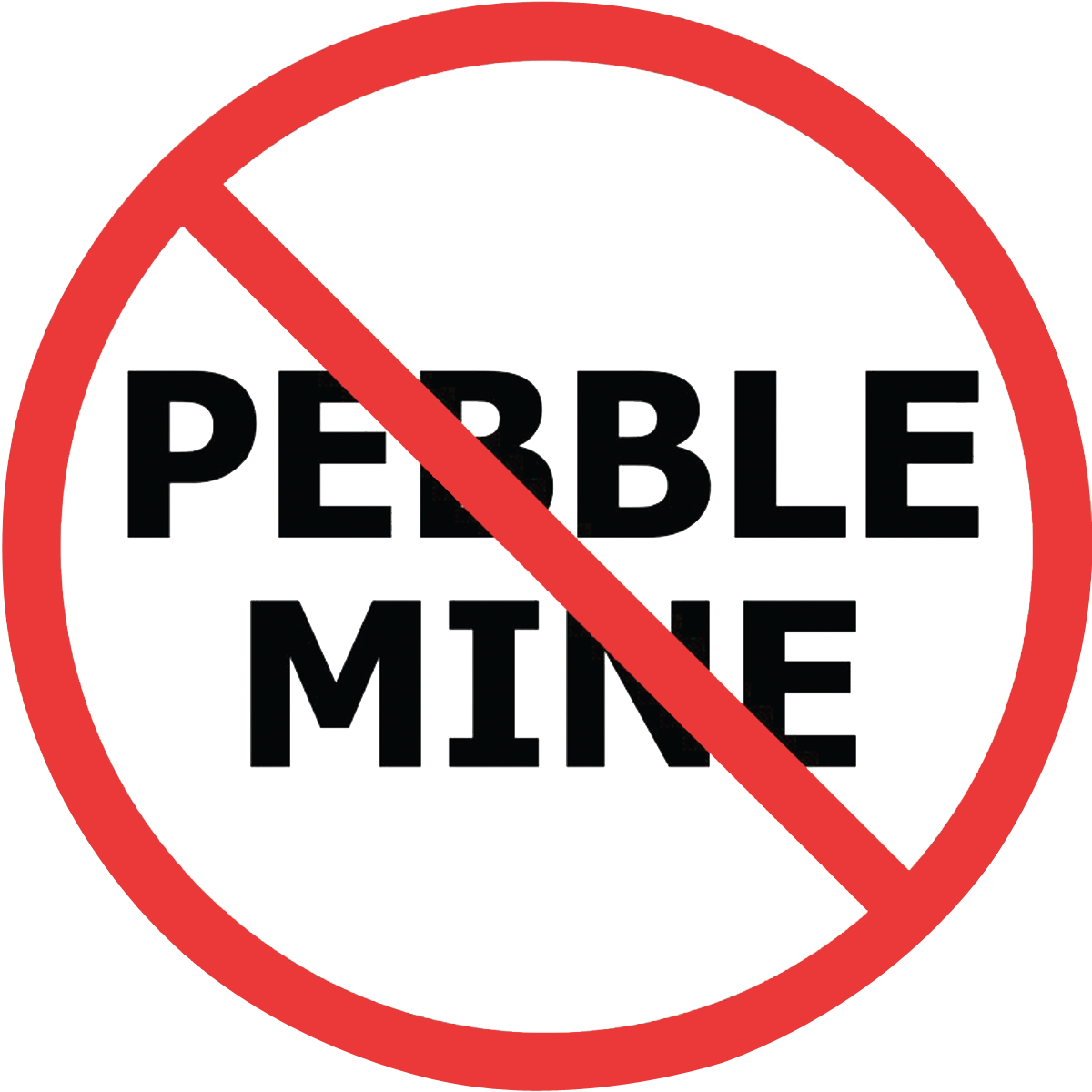By: Julie Lewis
ANCHORAGE, Alaska (CN) — A federal judge said the U.S. Environmental Protection Agency can see records of a mining company's payments to consultants and contractors, but not the company's overall financial records.
U.S. District Judge Russell Holland's ruling on May 5 is the latest in a tit-for-tat over whether the EPA's actions to protect a key salmon fishery involved underhanded dealings with an outside group to stop Pebble LP's mining project.
This past November, Holland denied the mining company's request to compel opponents of a planned mine to turn over communications they had with the EPA about the project. Holland said Pebble was "pushing the envelope" by blanketing the nation with over 60 subpoenas to companies, organizations and individuals involved in EPA's use of the Clean Water Act to limit mining activity in Alaska's Bristol Bay watershed.
Pebble's lawyers said they needed the information to help make their case that the EPA's decision-making process was biased by improper interactions with anti-mining activists and therefore violated the Federal Advisory Committee Act.
As both parties proceed through discovery, each has been holding back records demanded by the other side. Despite the EPA's "production of more than 100,000 pages in response to Pebble's 101 requests for production," Holland ruled in early March that the agency did hold back at least parts of dozens of files requested by Pebble.
Later that month, the EPA attempted a pushback of its own by asking Holland to force Pebble to turn over documents pertaining to its mining plan, finances, lost investors and payments to supporters.
The agency said it needed the information to help determine "if Pebble's asserted financial troubles can be attributed to EPA or whether, as EPA suspects, they are caused by other factors such as falling mineral prices and mine viability more generally."
EPA said that "Pebble has agreed to provide only information that would support its views as to its financial harms, yet it has refused to provide access to its own information that would allow EPA to test Pebble's theories."
Rather than blame the EPA for waning support and lack of new mine investors, the agency said that falling gold and copper prices are more at fault.
Pebble countered by questioning the relevance of the requested information, noting that the lawsuit is about the EPA's process and not the impact of gold prices on Pebble.
Ultimately, Holland handed a mixed bag to the EPA, agreeing with Pebble's assessment that determining financial harm is not the purpose of the original case filed by Pebble in 2014.
"Documents related to plaintiff's financial harm are not relevant to any theory or defense in this case," Holland wrote. "This case is about plaintiff's procedural rights, not plaintiff's economic losses."
But Holland granted the EPA's "third-party" requests that Pebble turn over records of payments to individuals or groups that support mining and oppose federal regulations on the project. The EPA says that Pebble was able to participate in the regulatory process through the third parties it was paying.
"Although the court doubts that the amount of the payments that plaintiff made to third parties has much relevance, this information is not totally irrelevant to defendants' contention that plaintiff had an equal opportunity to present its views on the Pebble project to the EPA," Holland wrote. "Thus, in responding to the 'third-party' requests for production, plaintiff must include in its production any documents relating to the amount of payments it made to third parties."
The Pebble mine project is estimated to hold the world's largest undeveloped deposit of copper ore and "would create 15,000 jobs, contribute $64 billion to U.S. gross domestic product and generate approximately $18 billion in federal, state and local tax revenues," Pebble says in its complaint.
The project lies within the Bristol Bay watershed, which supports the largest sockeye salmon fishery in the world and is home to 25 federally recognized tribal governments who have maintained a salmon-based culture and subsistence-based way of life for at least 4,000 years.
